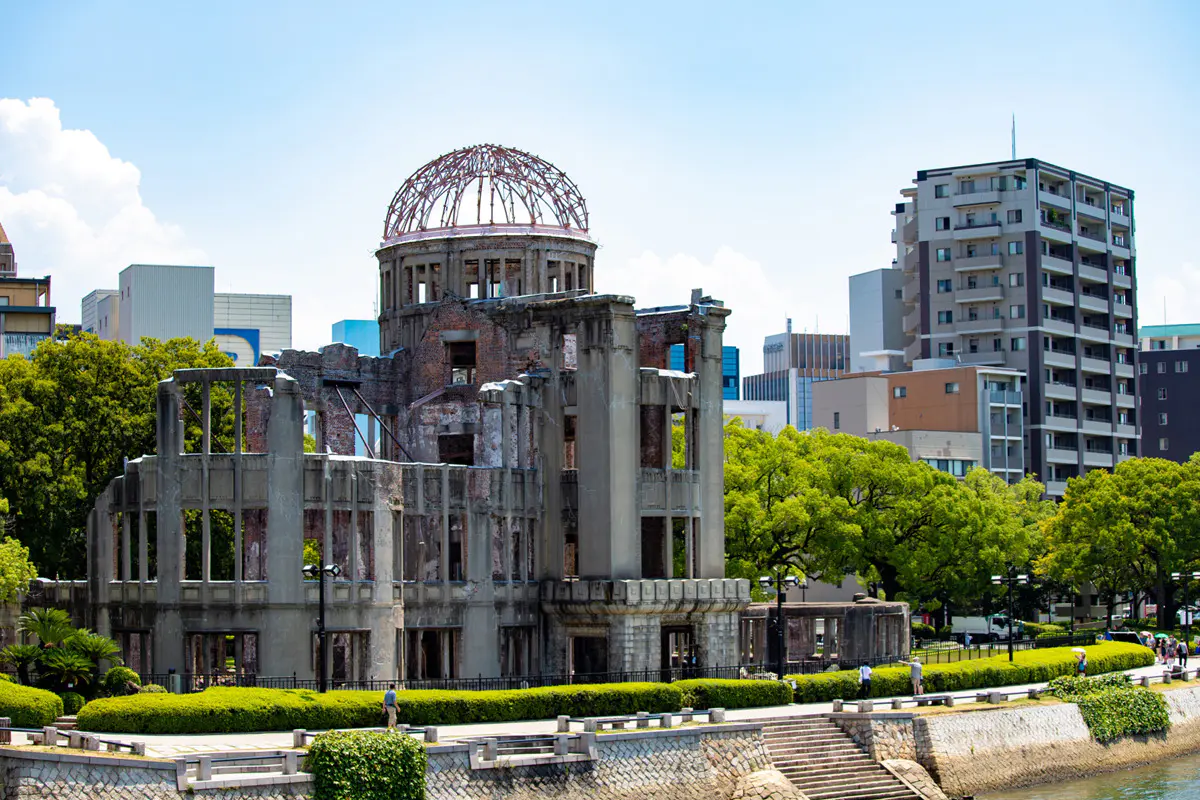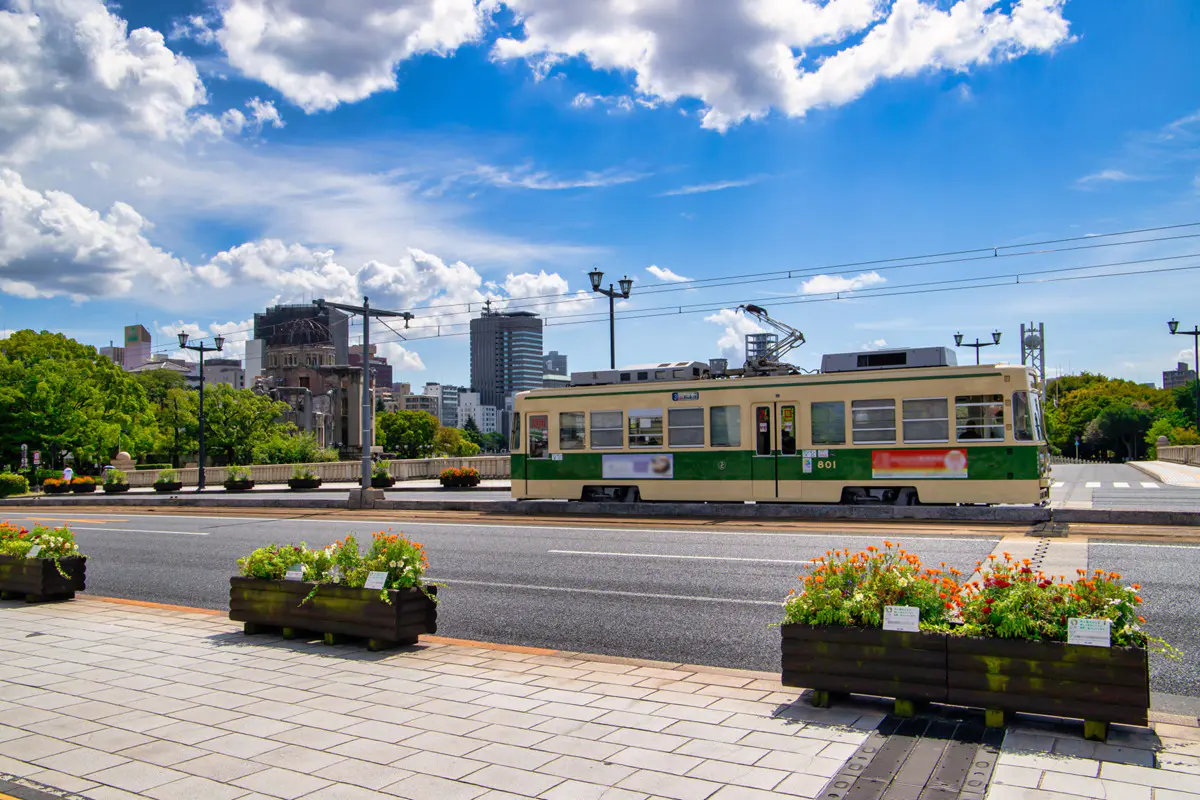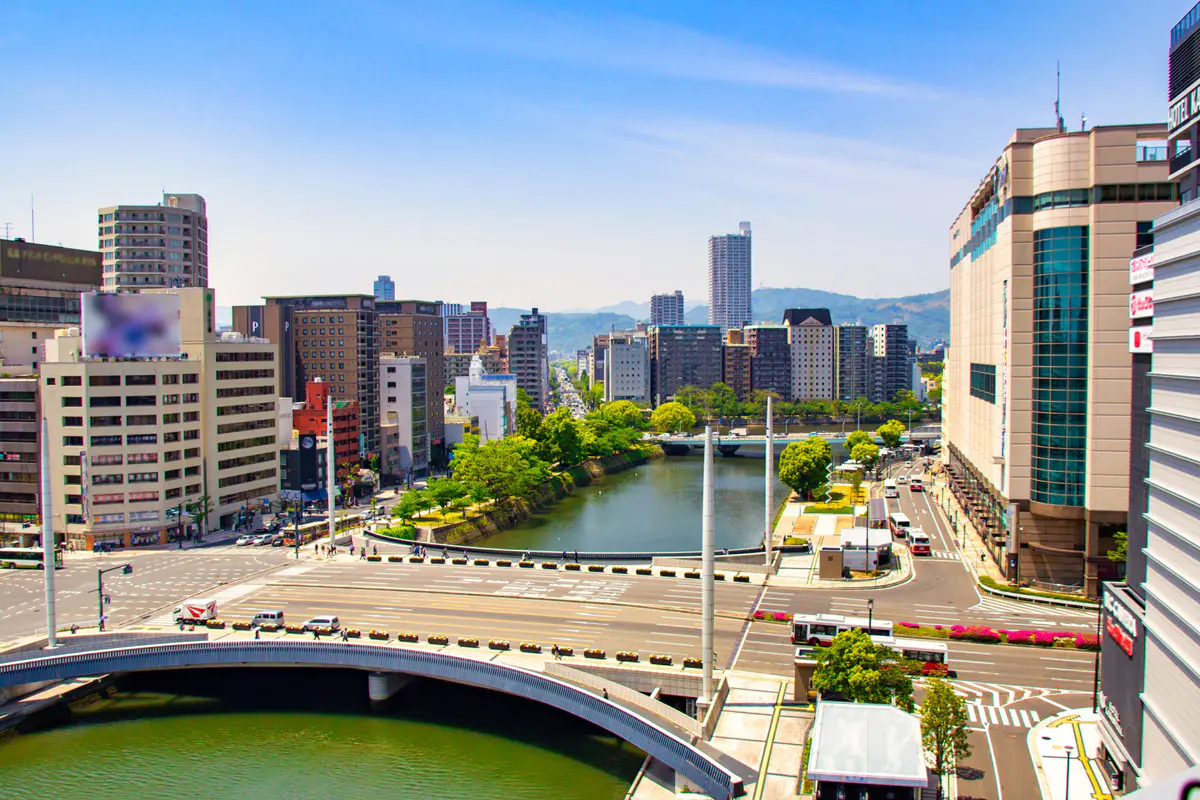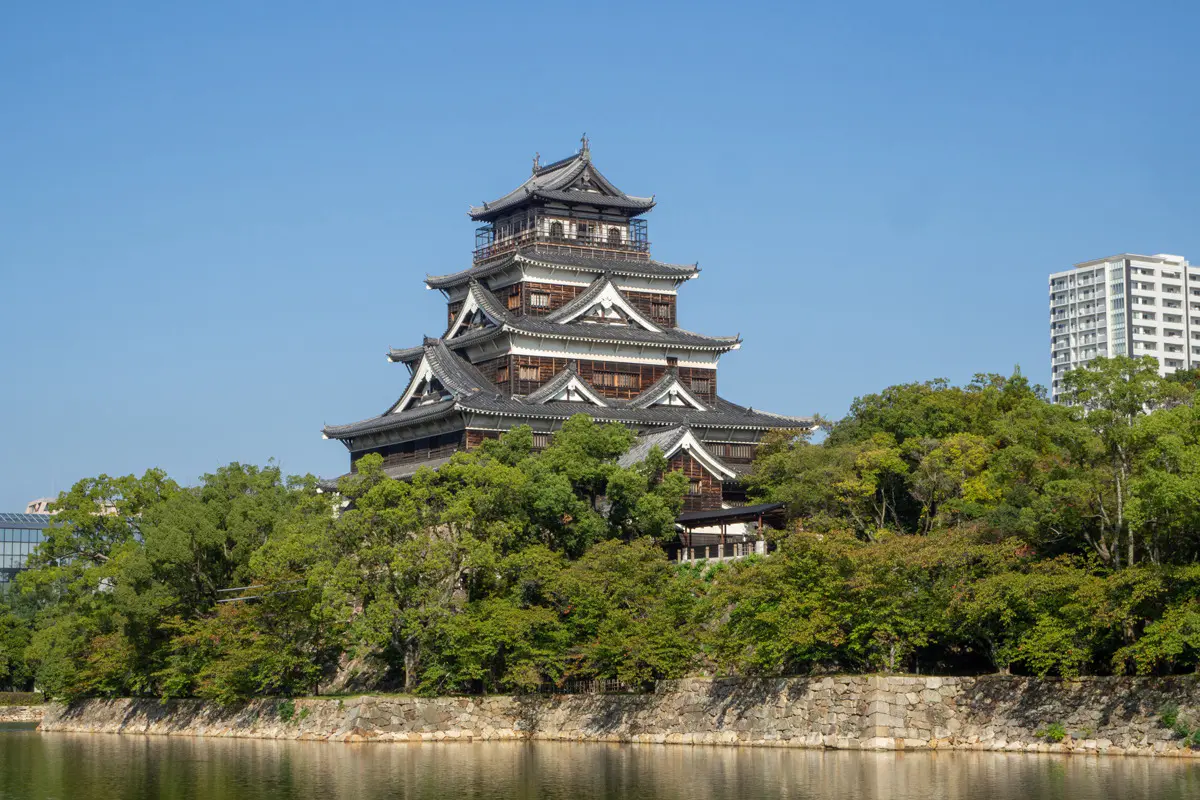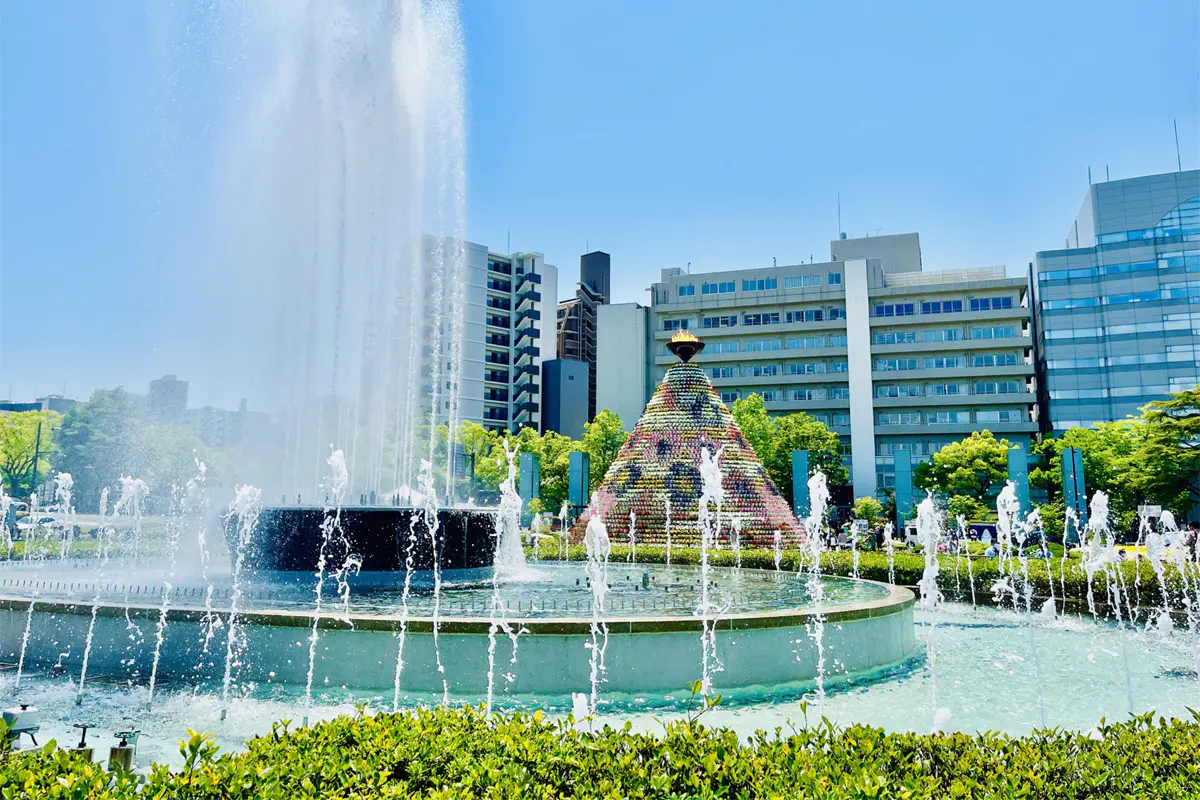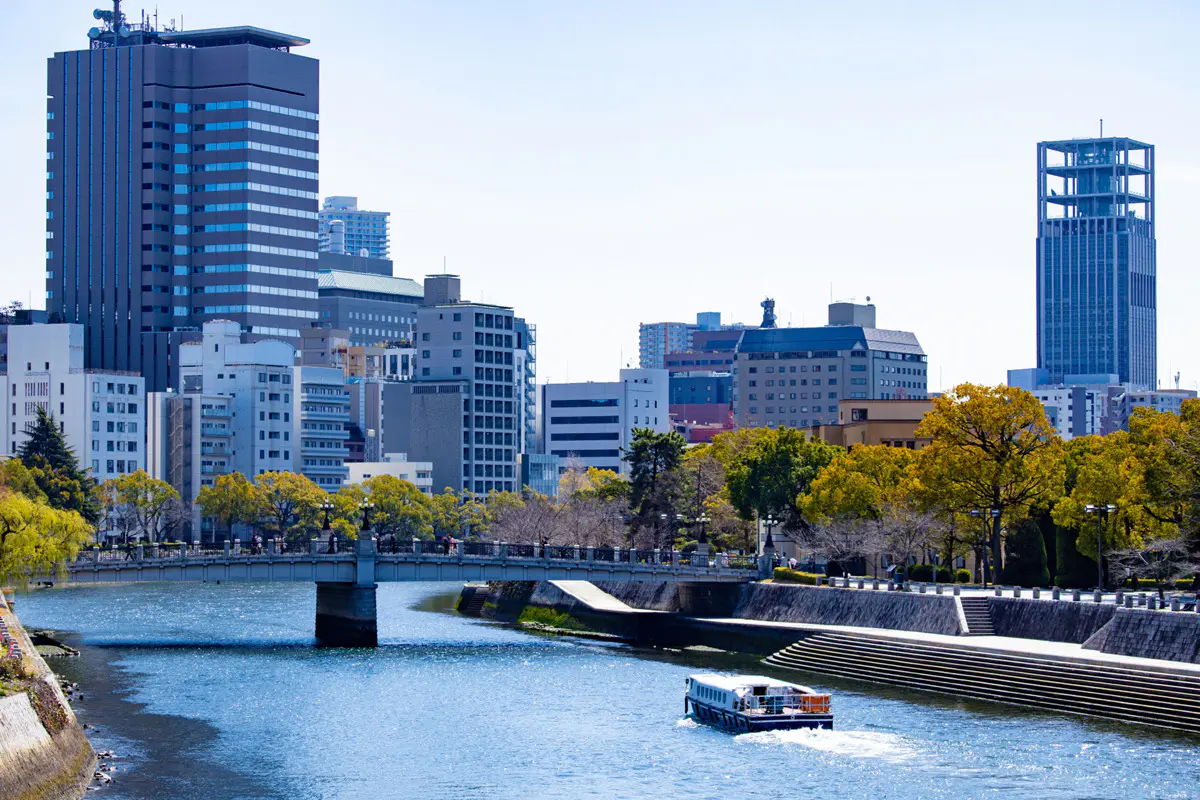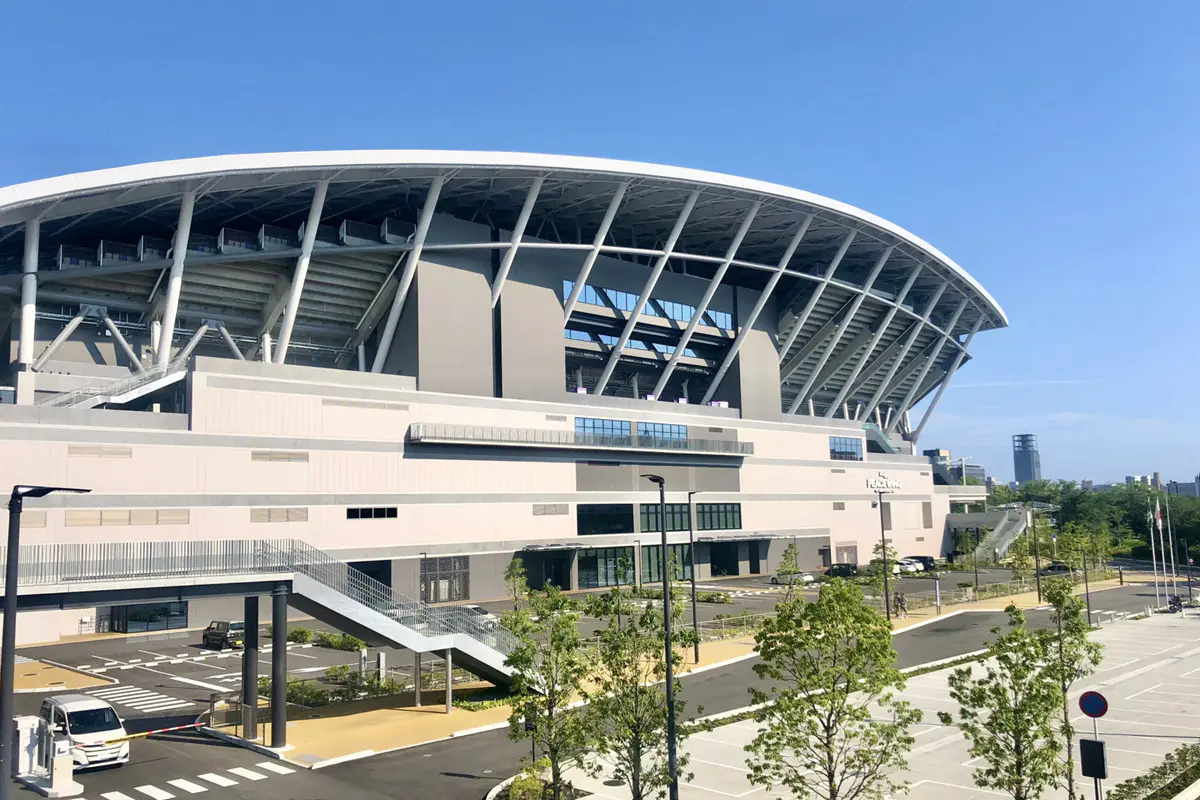Hiroshima City Area Guide
Hiroshima City is the core city of the Chugoku region and a compact, well-connected urban center served by Hiroshima Electric Railway (Hiroden) streetcars, the Astram Line new transit system, and multiple JR lines radiating from the city center. With a Shinkansen stop at Hiroshima Station and a Seto Inland Sea gateway at Hiroshima Port, key functions—business, education, healthcare, and culture—are concentrated around Kamiyacho, Hacchobori, and Hondori. Mazda’s headquarters and plants are located nearby, supporting steady demand from corporate assignees, single professionals on temporary postings, and students heading to local universities. Hiroshima offers an ideal “just-right” scale of life where urban convenience coexists with the sea and mountains.
Hiroshima City Key Data
- Area
- 906.69 km²
- Population
- 1,173,543
- Population Density
- 1,294 people / km²
- Foreign Residents
- 20,000
Major Stations and Access to Key Destinations
Major Train Stations in Hiroshima City
- Hiroshima Station (JR Sanyo Shinkansen, Sanyo Main Line, Kure Line, Geibi Line, Kabe Line; Hiroshima Electric Railway)
- Hacchobori Station (Hiroshima Electric Railway, Astram Line)
- Hondori / Kencho-mae (Astram Line); Kamiya-cho Nishi / Kamiya-cho Higashi (Hiroshima Electric Railway)
- Shin-Hakushima Station (JR Sanyo Main Line, Kabe Line; Astram Line)
- Yokogawa Station (JR Sanyo Main Line, Kabe Line; Hiroshima Electric Railway)
Average Travel Time from Major Stations to Key Destinations
| Departure Station | Hacchobori | Kamiyacho Higashi | Shin-Hakushima | Yokogawa | Hakata | Shin-Osaka | Tokyo |
|---|---|---|---|---|---|---|---|
| Hiroshima | About 8 min | About 11 min | About 3 min | About 5 min | About 64 min | About 84 min | About 233 min |
Living Convenience for Foreign Residents
International Schools
- Hiroshima International School: IB (PYP) authorized, taught in English for ages ~3 to Grade 6; accepts both Japanese and international students; summer programs available.
- AICJ Junior & Senior High School: IB-authorized; inquiry-based learning in English to foster global competencies; advanced curricula including ICT and music education.
Medical Facilities with Foreign Language Support
- Hiroshima University Hospital: Multilingual support including English; certified to accept international patients; comprehensive care in internal medicine, surgery, pediatrics, and more.
- Hiroshima Red Cross & Atomic-bomb Survivors Hospital: Longstanding experience in international medical support.
Popular Supermarkets and Restaurants Among Foreign Residents
- Costco Hiroshima Warehouse: Wide selection of imported foods, popular with foreign residents.
- Jupiter: Known for coffee beans, plus a broad range of imported foods, wines, and private-label items.
Public Support Services for Foreign Residents
- Hiroshima International Center: Multilingual consultation (weekdays & Saturdays), specialist support on visas, legal matters, and employment.
- Hiroshima City Foreign Residents Consultation Desk: Multilingual daily-life support, administrative information, and interpreting services.
Popular Neighborhoods in Hiroshima City
- Kamiyacho / Hacchobori / Hondori Area: Central business and shopping zone; anchored by the pedestrian Hondori arcade with department stores and dining; easy travel via Astram Line and Hiroden.
- Hiroshima Station Area: The gateway for Shinkansen and JR—ideal for business trips and commuting; abundant commercial facilities and hotels.
- Shin-Hakushima / Hakushima / Ushita / Futabanosato: Inner-ring residential zone centered on the JR–Astram interchange; calm environment popular with families.
- Yokogawa Area: A sub-center near downtown with convenient JR and Hiroden access; local shops and community events add character.
Housing Market in Hiroshima
As the economic and cultural hub of the Chugoku region, Hiroshima offers a highly livable environment. The average price of pre-owned condominiums is around ¥25 million, trending up by roughly 7% in recent years. In central locations such as Naka Ward, unit prices average around ¥500,000 per m², reflecting strong demand in highly convenient areas. Transactions for pre-owned single-family homes are also steady, with popular station-adjacent neighborhoods typically in the ¥25–40 million range. In the rental market, demand for family-sized properties is strong, and rents are stable to gradually rising. Overall, prices remain more affordable than in Tokyo or Osaka, offering good value for money. Demand is expected to remain firm, especially in convenient areas.
Average Rent by Floor Plan
| STUDIO | 1Bedroom | 2Bedrooms | 3Bedrooms | |
|---|---|---|---|---|
| Average Rent (JPY/month) | ¥50,000~¥65,000 | ¥80,000~¥105,000 | ¥110,000~¥145,000 | ¥130,000~¥180,000 |
Average Prices for Pre-Owned Homes
| Area | Apartment (70m²) | Single-Family Home (100m²) |
|---|---|---|
| Naka Ward | ¥59,800,000 | ¥45,000,000 |
| Minami Ward | ¥36,500,000 | ¥38,000,000 |
| Nishi Ward | ¥40,000,000 | ¥42,000,000 |
| Asaminami Ward | ¥27,800,000 | ¥33,000,000 |
